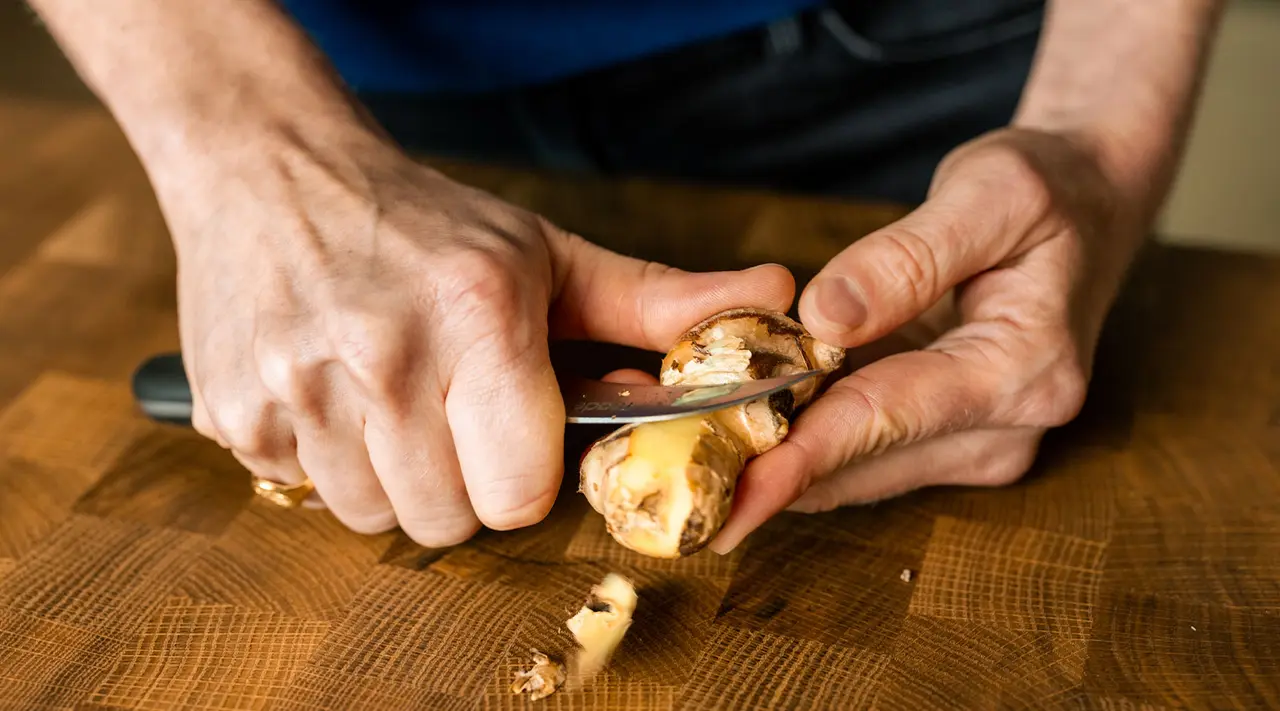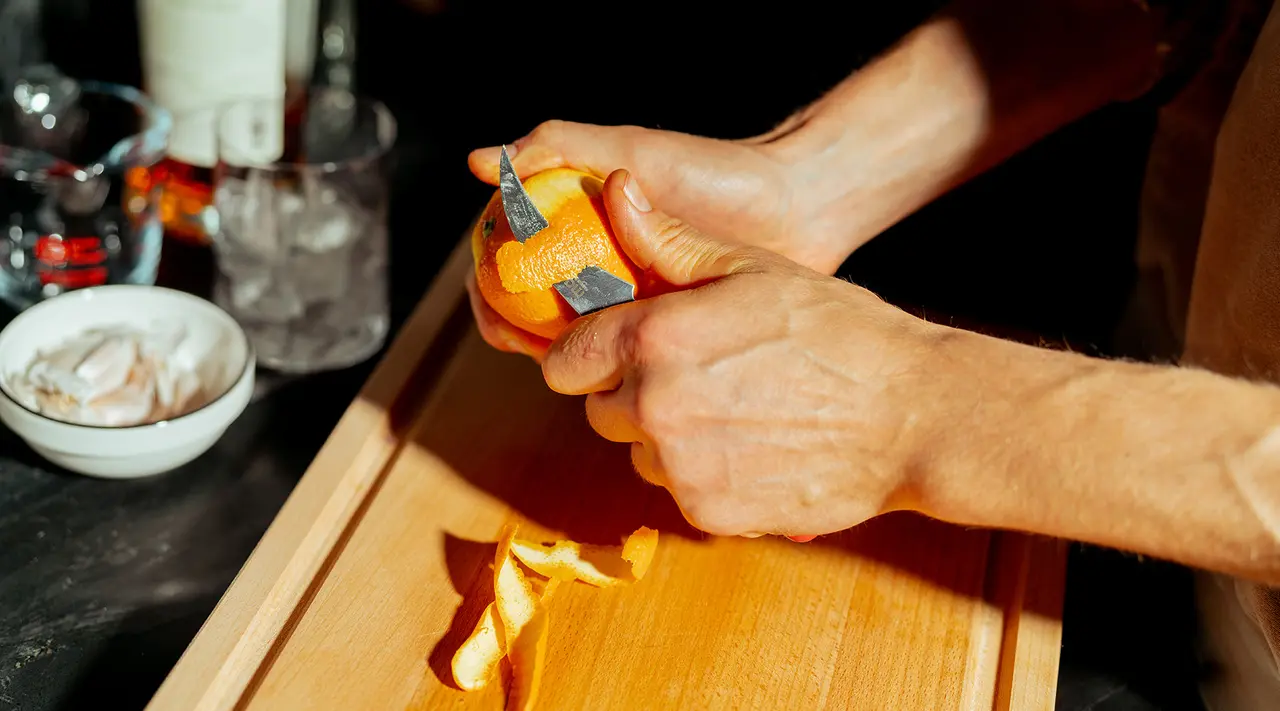Each knife in your roll should serve a distinct purpose. From chef knives to serrated blades, every shape is designed to excel at a specific task. The bird’s beak paring knife is no exception. Named for its distinctive curved, pointed blade, this knife is built for precision, control, and delicate cuts. Whether you're peeling citrus, turning vegetables, or working with intricate garnishes, the bird’s beak gives you the control you need to pull off the smallest details. Here are just a few of our favorite features of this small-but-mighty addition to any knife block.
Designed for Precision

The curved shape of a bird’s beak paring knife isn’t just for aesthetics—it’s a design choice that enhances performance. Unlike a standard paring knife, this unique shape allows for cleaner, more controlled cuts, making it ideal for intricate knife work.
When peeling fruits and vegetables, the curvature follows the natural contours of the ingredient, ensuring minimal waste and maximum efficiency. From professional kitchens to home cooks perfecting their craft, this knife is an essential tool for detail-oriented tasks.
Forged for Performance

A knife designed for precision requires high-quality materials to maintain its edge and durability. Our Bird’s Beak Paring Knife is forged from high-carbon stainless steel, ensuring a razor-sharp edge that maintains its edge far longer than standard paring knives. The full tang construction gives the knife balance and stability, making it feel like a natural extension of your hand. A well-made paring knife should offer control in every slice, and our design results in just that.
Ergonomic Handle for Maximum Control

When working with a knife designed for delicate cuts, grip and control are just as important as blade sharpness. Many paring knives feature small, slippery handles that can make intricate work difficult. We designed our bird’s beak paring knife with an ergonomic handle that provides a secure, comfortable grip, allowing for seamless maneuverability. Whether you’re peeling ginger, tournéing potatoes, or trimming green beans, this knife will feel sturdy and natural in your hand.
From professional chefs executing intricate garnishes to home cooks looking for more control in their prep work, our Bird’s Beak Paring Knife is a must-have. Built for precision and designed for comfort, it makes detailed knife work easier and more efficient. With a razor-sharp blade, a balanced build, and an ergonomic handle, it’s the tool you didn’t know you needed—but won’t be able to live without.
Ready to Cook?
The right knife can elevate the way you cook, and the bird’s beak paring knife is designed to do just that. Whether you're refining your knife skills or looking to upgrade your prep work, this knife delivers the balance, sharpness, and control necessary for the finest cuts.
Shop now to discover the difference of a precision-crafted paring knife—built for control, built for detail, and built for the way you cook.































